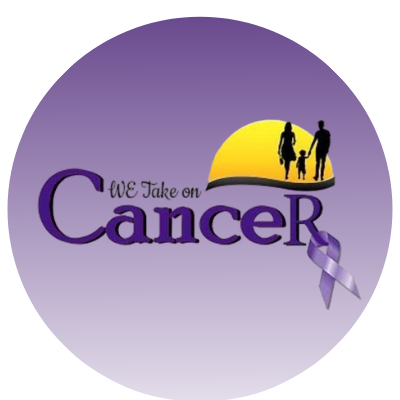It can be hard for physicians to follow current thinking of experts on medical care. It must be exponentially harder for the public to make sense of it. Recently, the United States Preventive Services Task Forcechanged its recommendation on prostate cancer screening from a D (that is, don’t do it) to a C (discuss it with your doctor).
Although there seemed to be a lot of coverage of this announcement in the news media, and a fair amount of excitement, there are two things men should know. First, it’s a good thing that recommendations change over time; second, this change isn’t as big a deal as you might think.
The task force is made up of volunteers who are experts in primary care and preventive medicine. They are charged with evaluating the benefits and harms of preventive services (like prostate cancer screenings) to determine whether they should be widely performed. An “A” recommendation from the panel can be interpreted as an endorsement that everyone get a service because there’s a high certainty of a substantial benefit. A “B” recommendation is similar, but means that there’s only a high certainty of a moderate net benefit.
A “D” recommendation advises patients not to get a service because there’s a moderate certainty of no net benefits, or because the harms from a service outweigh the benefits.
Five years ago, the task force gave prostate cancer screening a D recommendation because there are real harms from over-diagnosis of the disease. Over-diagnosis leads to unnecessary treatments, and a newly discovered cancer could lead to no symptoms or harm over the patient’s lifetime. The treatments for prostate cancer, including radiation and prostatectomy, have high levels of adverse events. About 75 percent of all the men treated will have impotence, incontinence or both.
Further, at the time of the 2012 statement, there appeared to be little evidence that screening with a prostate-specific antigen blood test (PSA) reduced prostate cancer mortality. With no clear benefit, and significant harms, a D recommendation seemed appropriate.
Many disagreed. They argued that there were benefits to screening, and that those would be shown through better research. They were, to some extent, correct. In 2014, researchers for the largest randomized controlled trial to date published an update of an earlier study, and it showed that offering men screening reduced their relative risk of dying of prostate cancer over 13 years by 21 percent. Another studypublished in late 2012 showed that offering screening reduced the relative risk of metastatic disease by 30 percent.
It’s important to note that these changes apply only to men 55 to 69. For men 70 and older, the harms outweigh the benefits, and the screening recommendation remains a “D.”
I’m sure the nuances of A, B, C and D recommendations can be confusing to the public. They can also make it seem as if experts are constantly changing their minds. But this is how we want our experts to react: When new evidence is found, it should be added to older evidence to change our thinking when appropriate.
On the other hand, caution is still warranted when thinking about whether a man should be screened for prostate cancer. Although there is now evidence of a benefit, and its relative importance seems impressive, its absolute effects are not as persuasive.
According to these studies, a 55-year-old man has about a 0.6 percent chance of dying of prostate cancer over the next 10 to 15 years. If he is screened, that chance goes down to 0.5 percent. That’s how you get almost a 20 percent relative reduction, but an absolute reduction of only 0.1 percentage points.
Further, if a man is screened, the studies show that there’s about a 25 percent chance he will have a positive PSA test at some point. Of all men screened, about 10 percent will be found to have prostate cancer, and about 8 percent will be treated with surgery or radiation.
So out of 1,000 men screened, 80 will eventually have surgery or radiation. Three will avoid the spread of cancer to other organs. One or two will avoid death from prostate cancer. Sixty will have urinary incontinence and/or impotence. Many men will probably still think the risks outweigh the benefits.
One of the biggest concerns with screening is that too many men are treated for slow-moving prostate cancers that might never really pose a risk to their health. A new approach, known as active surveillance, offers an alternative. Instead of receiving immediate surgery or radiation, men with lower-risk cancer are watched more closely and receive more frequent PSA tests and biopsies. If the cancer progresses, they receive interventions. About 40 percent of men with lower-risk disease were treated this way from 2010 to 2013, up from 10 percent of men from 2005 to 2009.
The goal of health care, as always, should be to maximize the benefits of care while minimizing the harms. With this most recent recommendation, the preventive services task force recognizes that PSA screening now has more evidence to support its upside. There’s still a large downside, though, and the ways in which we respond to positive screens should try to minimize interventions.
This article originally appeared on NYTimes.com by Aaron Carroll
Photo:Pixabay


